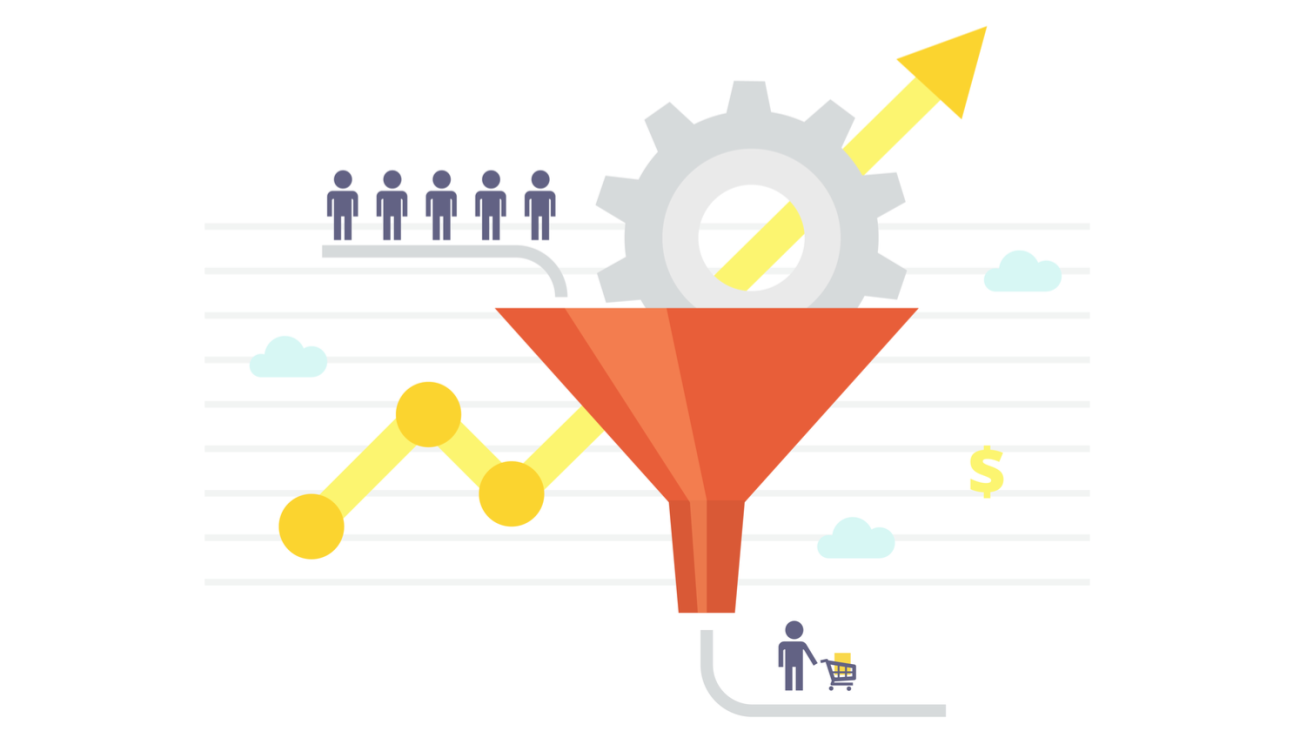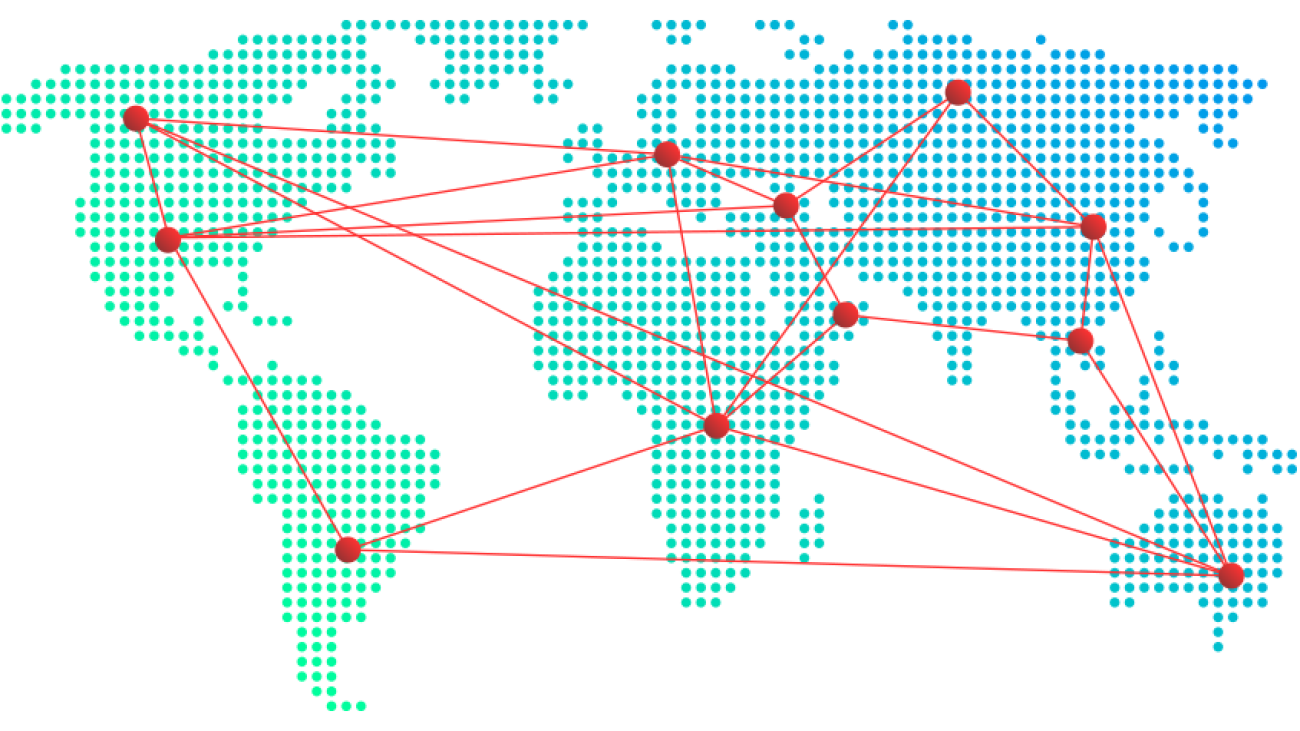The goal of any online shop owner is to generate sales and delight customers through that channel, whether they are new customers or existing ones. Website traffic and conversion come into play here, as both go hand in hand. Without traffic to their website, there is no other way to get leads to turn into actual customers.
Traffic can increase your business’s chances of growing, expanding your product line, selling to other countries, and developing more services or products. On the other hand, keep in mind that traffic itself does not create sales, and this is when conversion plays an important role.
Before we go deeper into how to increase your traffic conversion, we will start by defining web traffic and conversion.
What is Website Traffic? The simple definition is the number of visitors a website gets. Years ago, website traffic alone was a crucial metric. Now it is known that this is only part of the equation, as the first step is getting visitors, but they cannot count as customers/sales until conversion happens.
What is Conversion? Conversion is when website visitors complete a desired action, whether purchasing a product, signing up for a service, downloading content like white papers, or completing a web form.
How do you calculate your website conversion? This process consists in knowing if your online shop is giving results, it is essential to measure your website conversion.
The following is the formula to calculate your website’s conversion rate:

Conversion Rate Optimization (CRO): 8 Ways To Get Started (hubspot.com)
Suppose you have different calls to action within your website, such as downloading content, subscribing to your email list, and purchasing a product. In that case, you can calculate the conversion rate of each, but make sure you only count the number of visitors on the websites where the offer is listed.
It is important to implement strategies that can lead to sustainable growth to convert your new and existing traffic and leads. We present you with the top 10 ways to increase your store conversions.
Top 10 ways to increase your website’s conversion
1. Tell your customers why they should buy from you
This information is essential to differentiate your brand from your competitors. Nowadays, consumers care not only about the product but also about the purpose and background story of the brand. Identify value elements for your customers, and excel on at least one of these elements to connect with your target market. Once it has been identified, focus on it wherever you can, from the homepage to the About page, etc.
2. Simplify the user experience
In order to engage your visitors and have a higher chance of converting them into your customers, it is vital to have a simple homepage to understand and navigate and with a clear call to action. For example, you can display your best sellers, discounts, or new collections. This way, you can attract your audience and drive them to make a purchase.
It is also essential to have a search feature: This is helpful for visitors who know what they are looking for and tend to use this feature. This may prevent customers from bouncing out of your website because it is difficult to find what they want.
3. Test your page loading speed
The performance of your website is a make-it-or-break deal for your business. If your website takes too long to load, your visitors will bounce out immediately, and you will miss out on them finding out about your brand and products. There is also a high possibility that they will leave with a wrong impression, and it could be harder to get them to visit again.
Loading speed is important and should take an average of three seconds to enter your website. Make sure you test the loading speed of your website on every device, as it should perform the same or about the same; otherwise, you may miss visitors who use a mobile phone or tablet. According to Google, 53% of mobile visitors leave a website if it takes more than three seconds to load.
4. Optimize your products page
When consumers browse for a product, many website options come out, so this is when you have to set yourself apart. The best way to do it is by making sure your product pages have the following:
- Craft concisely and short descriptions of your products, highlighting the primary information
- Use quality images, preferably professional 3D
- Educational videos (How to use your product)
- Showcase product reviews
5- Implement trust boosters
Nowadays, with many brands and product options on the Internet, it can be challenging to know which site to trust unless you are a well-known brand like H&M, Nike, etc. The best way to build trust among your visitors is to show that your existing customers are loyal and what they think about your brand and your products.
Social proof can give a big tust boost. You can display product reviews on your website in writing, images, or videos, but make sure they are accurate and that you have permission to publish them publicly. You can do this also on social media. Our recommendation would be to use the stories or live features so that you can engage better with your audience and build a stronger trust bond.
6- Display clear information regarding price, shipping, extra fees, and out-of-stock products
According to Baymard Institution, one of the top reasons for cart abandonment is that extra costs are too high. To reduce cart abandonment, it is important not to mislead your customers and be upfront regarding all the fees incurred, including shipping, taxes & duties, delivery information and out-of-stock products. Having clear information on your site and checkout page will also help you build trust that can be converted into sales.
Suppose your business encounters high shipping costs and unclear information on tax and duties. In that case, we recommend you look for a cross-border solution that can provide you and your customers with a smooth shipping experience. BorderGuru is a suitable option for you, as we offer competitive shipping costs and calculate taxes & duties fees, displaying all fee information clearly at checkout. This helps to be transparent and expedite delivery, as all items are customs cleared.
7- Simplify your checkout process
The checkout feature is the last step customers go through to make a purchase, so it must be as flawless and easiest as possible to avoid unfinished transactions. It is essential to provide different checkout options, such as Member Checkout, Guest Checkout and PayPal Checkout. Simplifying the tour checkout process will help reduce the chances of your customers abandoning their carts at the last moment.
Another way to maximize the checkout process is to include two or more checkouts on your website, for example, at the top and bottom. As they scroll, the checkout option moves along, and they can easily click on it.
Remember to consider your customers’ experience and put yourself in their shoes to understand their wants and needs, to check whether improvements need to be made to improve their experience and increase your sales.
8- Offer free exciting content for your audience
Having a designated space within your website to offer content related to what you sell, exciting and relevant to your audience, can be an excellent opportunity to drive traffic to your website and convert visitors into actual customers. Don’t forget to add calls-to-action to your content so that it can actually help increase conversion rates.
It is also important to constantly update your blog, as it helps keep customers coming back for more and building loyalty.
9- Display coupon codes, promotions and real-time purchases
As soon as users enter your homepage, you have a few seconds to build excitement and drive them to your products. So, you have to be mindful and develop a strategy to attract them immediately and create the urgency to buy your products. This can be done by displaying discounts, promotions, or pop-ups that offer a coupon for their first purchase in exchange for their email. To create urgency and trust, you can also display real-time purchases on your homepage.
10- Send personalized emails and notifications
Personalization can be an effective strategy to increase customer retention and loyalty and boost your conversion rates. All you need is information regarding your customers and visitors, such as pages visited, products bought in the past, where are they from, etc.
Once you have the information, you can work on personalized content, for example sending discounts on the products they have looked into or bought before and emails with relevant and helpful information about the products they are interested in or topics related to these products. For example, if a customer is interested in summer dresses, you could send promotional emails or information about summer fashion. Remember to maximize the use of the information you have about your customers and visitors,to turn it into a positive result in your business.
All the recommendations above have one thing in common; they all focus on the user. This means that before you decide to change or add something to your website, you should research your target market and current visitors to improve and grow your business.
BorderGuru offers you a hassle-free international shipping service and a pleasant experience for your customers at checkout. Contact Us Now and start converting your traffic into customers.


















